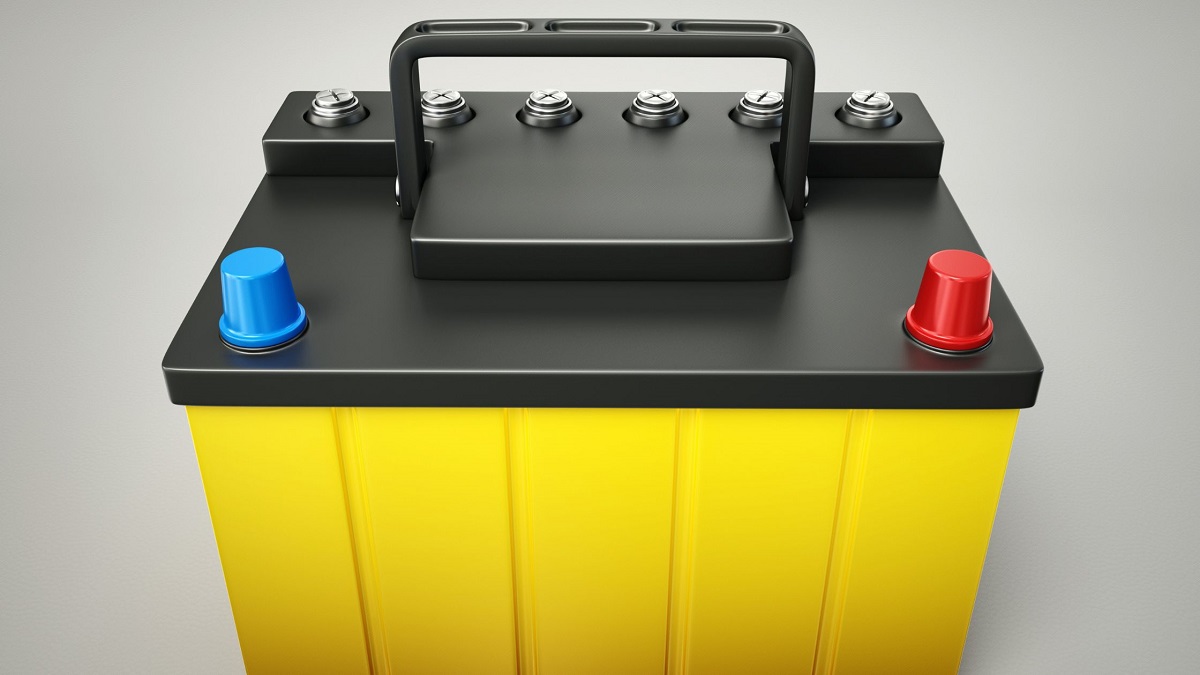When shopping for solar batteries, you need to consider many factors in account, so you can extract the most from the solar setups. There are different types of solar batteries available in the market; each with different features and drawbacks.
But you should always keep two things in mind — the type of battery you’re looking for, and how harshly you’re going to charge and discharge the battery bank.

To make it even easier, I’ve broken down the mostly used energy storage solutions that are easily available to us for your solar system. Let’s start from types of batteries.
Types of solar batteries.
There are four main types of batteries — lead acid, lithium-ion, nickel cadmium, and flow.
1. Lead acid batteries:
Lead acid batteries are among the cheapest and most easily available battery. These deep cycle batteries have been around for the longest (since the 1800s, in fact) and are known for their low prices and reliability, but they require regular maintenance.
Such batteries are recommended when you are on a budget and going to use them daily. As lead acid batteries can not retain the charged energy for weeks. Once you opt for lead acid batteries, better buy some distilled water for top-ups as well. To be honest, you need to fill the batteries on a regular interval of 3~6 months.
2. Lithium-ion batteries:
Lithium-ion batteries are the most expensive solution. Despite being expensive, lithium-ion batteries are becoming the most popular choice for residential solar batteries because they have a long lifespan and require no maintenance at all. But on the other side, lithium-ion batteries are dangerous too, because of their chemistry, lithium-ion storage systems have a higher chance of catching fire due to something called thermal runaway. However, if installed properly, the chance of your battery catching fire is close to zero.
Such batteries have an inbuilt BMS (battery management system) that takes care of all the electricity related issues like — deep discharge, overcharge, and overheat management.
3. Nickel cadmium batteries:
Nickel-cadmium batteries are not famous for home use but more famous for large scale projects like — commercial and industrial use because they can operate at extreme temperatures and don’t require complex battery management systems.
4. Flow batteries:
Flow batteries are too expensive and requires a significant space. Practically, such batteries are not suitable for home use and that is why this emerging battery technology is mostly used for large-scale battery storage. In the future, we may see some improvements.
Which is the best solar battery for you?
I’ll recommend to use lead acid batteries in all the cases, as they are the cheapest of all the available solutions and needs small attention of water top-ups. Such batteries have decent resale value and battery companies may discount you when you replace it with a new one.
Lithium-ion batteries would be my second recommendation. Such batteries do not hold any recycle value at consumer level now. If you live in hot regions, then avoid using such batteries unless there is a decent storage option which is cool and dry.
In conclusion, you should always see what is the best available with you.
Leave a Reply